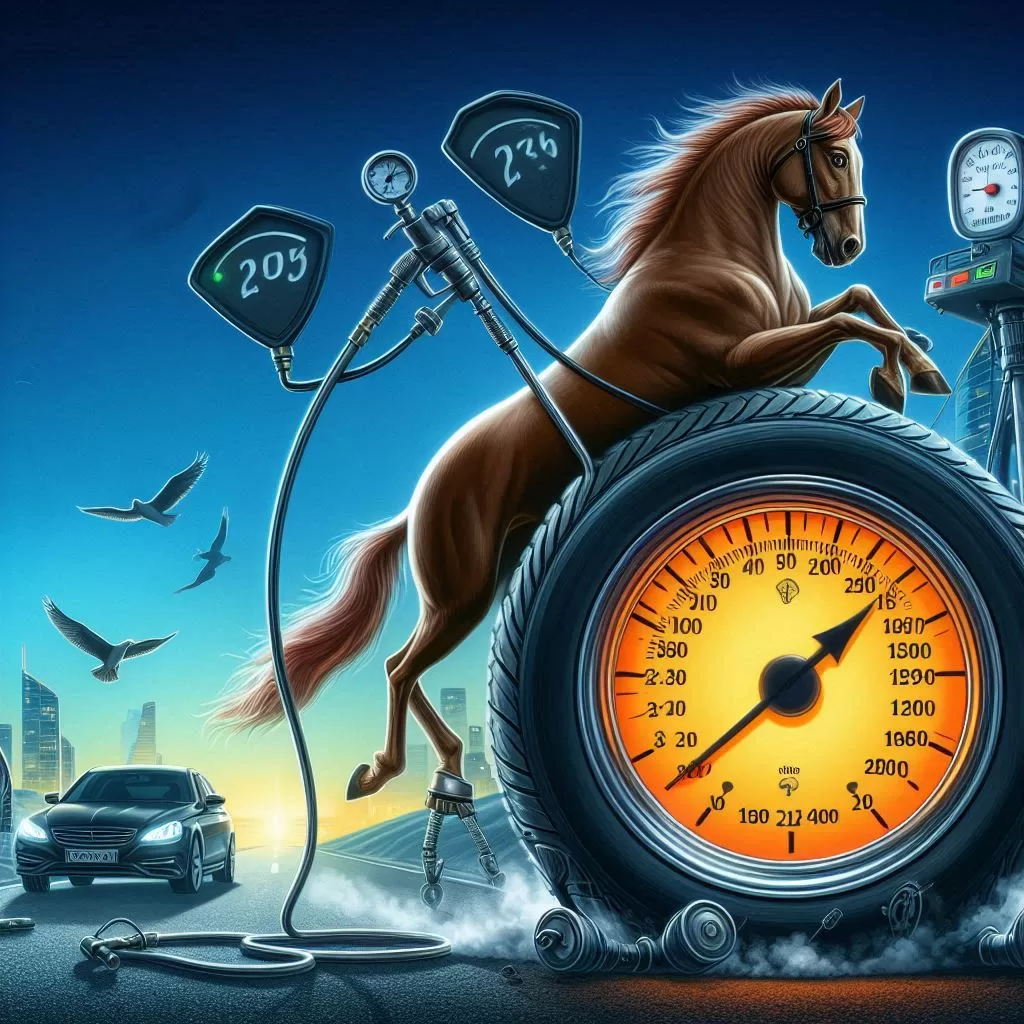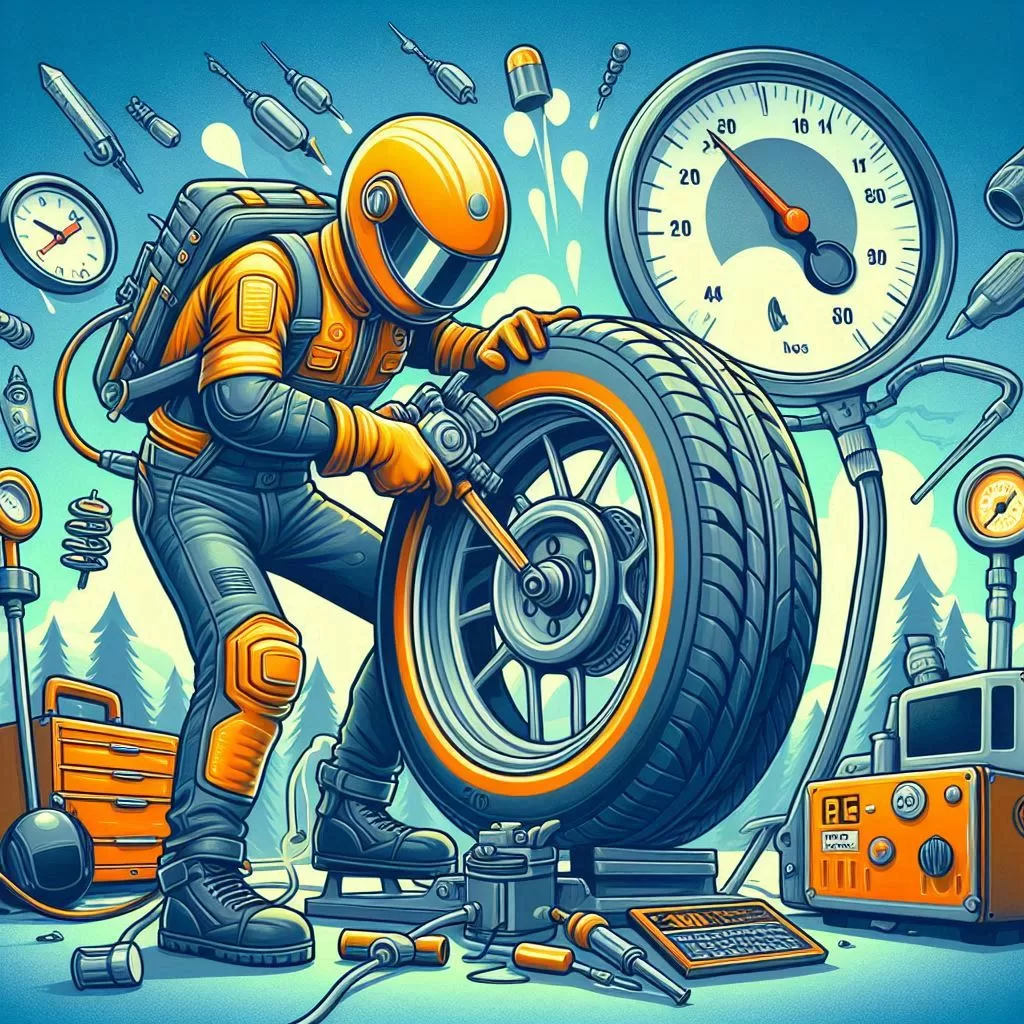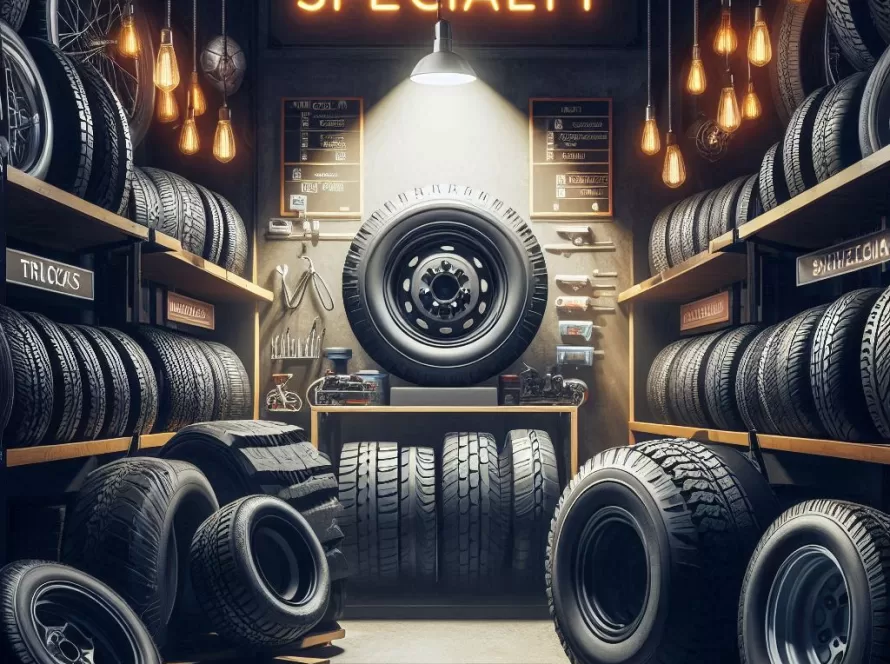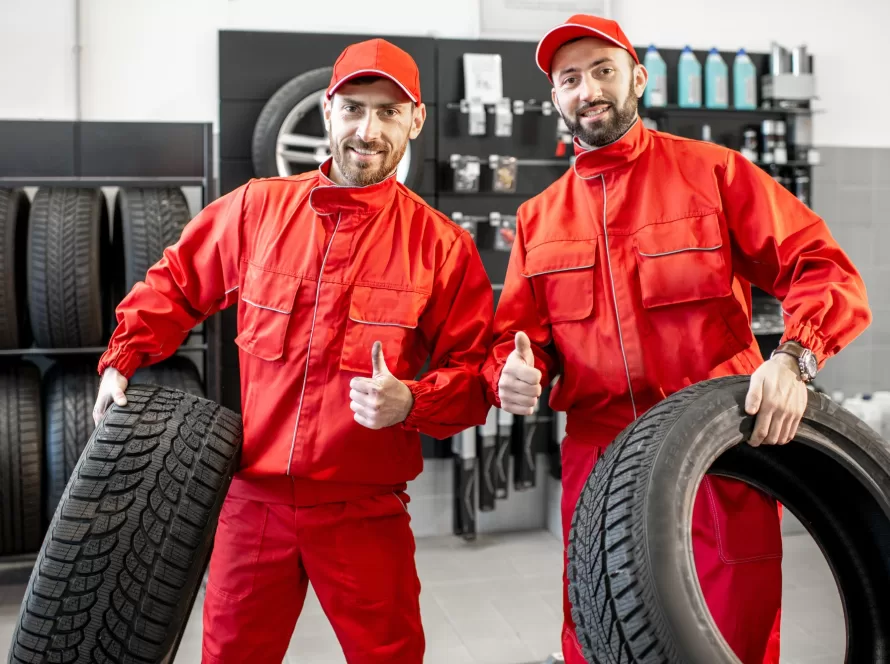
Table of Contents
Introduction
Have you ever wondered why your car’s tires sometimes seem to have a mind of their own? You might have checked the tread and balanced the alignment, but the problem could be hiding in plain sight: tire pressure. The role of tire pressure in vehicle performance and safety is more significant than most drivers realize. It affects everything from fuel efficiency to handling, and even minor deviations can have serious consequences. In this article, we’ll dive into how tire pressure impacts your ride and why keeping it in check is key to both performance and safety.
Why Tire Pressure Matters
The Basics of Tire Pressure
Before diving into the nitty-gritty, let’s cover some basics. Tire pressure is measured in pounds per square inch (PSI) and indicates the amount of air inside the tire. Each vehicle has a recommended tire pressure, usually found in the owner’s manual or on a sticker inside the driver’s door. Why is this important? Well, it’s all about maintaining the proper balance between the tire’s contact with the road and its cushioning ability.
The Impact on Vehicle Performance
Tire pressure can dramatically influence how a vehicle performs. Under-inflated tires increase rolling resistance, causing the engine to work harder and consume more fuel. This leads to decreased fuel efficiency, which isn’t doing your wallet any favors. Over-inflated tires, on the other hand, can reduce traction, especially on wet or slippery roads. Imagine trying to maintain control when your tires are bouncing like basketballs—it’s not a pretty picture!
The Influence on Vehicle Safety
Safety is where tire pressure truly earns its stripes. Properly inflated tires ensure optimal traction and braking, both crucial for preventing accidents. Under-inflated tires can overheat and may even lead to a blowout, which is one of the most dangerous situations a driver can face. Meanwhile, over-inflation makes tires more prone to damage from potholes and road debris. A small bump could mean a big problem if your tires are too hard!
The Science Behind Tire Pressure
How Tire Pressure Affects Contact Patch
Ever heard of the contact patch? It’s the portion of the tire that makes contact with the road. Proper tire pressure maximizes the size and efficiency of this patch. Under-inflation increases the patch’s size, causing excessive wear and tear, while over-inflation decreases it, leading to uneven tire wear. Keeping your tires at the right pressure ensures the contact patch is just right for optimal grip and longevity.
The Role of Temperature
Temperature plays a significant role in tire pressure. As the temperature rises, the air inside the tire expands, increasing the pressure. Conversely, when it gets cold, the air contracts, reducing the pressure. This is why you might notice your tire pressure fluctuating with the seasons. Regularly checking your tire pressure is crucial, especially during temperature changes, to maintain optimal performance.
Maintaining the Right Tire Pressure
How to Check Your Tire Pressure
Checking your tire pressure isn’t rocket science, but it’s easy to overlook. You’ll need a tire pressure gauge—a handy tool you can pick up at most auto parts stores. Here’s a quick guide to checking your tire pressure:
- Cool Your Tires: Check the pressure when the tires are cold for the most accurate reading.
- Remove the Valve Cap: Unscrew the cap on the tire’s valve stem.
- Insert the Gauge: Press the gauge onto the valve stem and read the PSI measurement.
- Adjust as Needed: Add or release air to reach the recommended PSI.
The Best Time to Check Tire Pressure
So, when should you check your tire pressure? Experts recommend doing it at least once a month and before long trips. It’s also a good idea to check your pressure after significant temperature changes, as this can affect your tire’s PSI.
Common Mistakes to Avoid
When it comes to tire pressure, even small mistakes can lead to big issues. Here are some common pitfalls to avoid:
- Neglecting Regular Checks: Don’t wait for the tire pressure warning light to come on. By then, you might already be facing problems.
- Ignoring Seasonal Changes: Remember that hot and cold weather can alter tire pressure.
- Overlooking the Spare Tire: Make sure your spare is properly inflated. It’ll be a lifesaver in case of a flat.
The Role of Tire Pressure in Different Driving Conditions
City Driving vs. Highway Driving
Driving in the city is a far cry from cruising down the highway. City driving involves frequent stops and starts, putting extra strain on your tires. Proper tire pressure can help manage this stress, ensuring better fuel efficiency and handling. On the highway, tire pressure impacts stability and speed. Slight deviations can lead to increased wear and tear over long distances.
Off-Road Adventures
For those who love off-road escapades, tire pressure becomes a whole different ballgame. Lowering tire pressure can improve traction on loose surfaces like sand or gravel. However, it’s essential to reinflate them when returning to regular roads to prevent damage.
Wet and Icy Conditions
In wet or icy conditions, having the right tire pressure is critical. Proper inflation ensures the tire treads effectively channel water away, reducing the risk of hydroplaning. For icy roads, optimal tire pressure maintains traction, which is crucial for safe braking and handling.

The Financial Impact of Tire Pressure
Fuel Efficiency
We’ve touched on this before, but it’s worth reiterating: tire pressure directly impacts fuel efficiency. Properly inflated tires reduce rolling resistance, allowing your car to glide down the road with less effort. This means you’re getting more miles to the gallon, which translates to fewer trips to the gas station.
Tire Longevity
Keeping your tires at the right pressure doesn’t just save fuel; it also extends their lifespan. Over-inflated tires wear out the center of the tread faster, while under-inflated ones wear out the edges. Both scenarios lead to premature tire replacement, which can be costly.
Avoiding Costly Repairs
Improper tire pressure can lead to more than just tire wear. It can affect your vehicle’s suspension and alignment, leading to costly repairs. By maintaining the right pressure, you’re safeguarding your vehicle’s health and your bank account.
Conclusion
The role of tire pressure in vehicle performance and safety can’t be overstated. It affects everything from how your car handles to how much you spend at the pump. Keeping your tires properly inflated ensures that you’re driving safely and efficiently, saving both money and wear on your vehicle. Whether you’re cruising the highway, navigating city streets, or venturing off-road, maintaining the correct tire pressure is key. So, next time you think about skipping that tire pressure check, remember—it’s a small task that packs a big punch! Stay safe, and happy driving!
FAQs About Tire Pressure
How often should I check my tire pressure?
Checking your tire pressure once a month and before long trips is a good rule of thumb. Additionally, keep an eye on it during significant temperature changes.
Can I rely on my car’s tire pressure monitoring system (TPMS)?
While TPMS is a helpful tool, it’s not foolproof. It often triggers only when pressure is significantly off, so regular manual checks are still necessary.
What should I do if my tire pressure is too high?
If your tire pressure is too high, let some air out until it reaches the recommended PSI. Be sure to check the pressure again to ensure accuracy.
How does tire pressure affect my car’s alignment?
Incorrect tire pressure can cause uneven tire wear, which can lead to alignment issues. Keeping your tires properly inflated helps maintain alignment and prevents uneven wear.
Is it okay to over-inflate my tires for better fuel economy?
Over-inflating tires for fuel economy is not recommended. While it might slightly reduce rolling resistance, it compromises traction and safety, which is not worth the risk.


